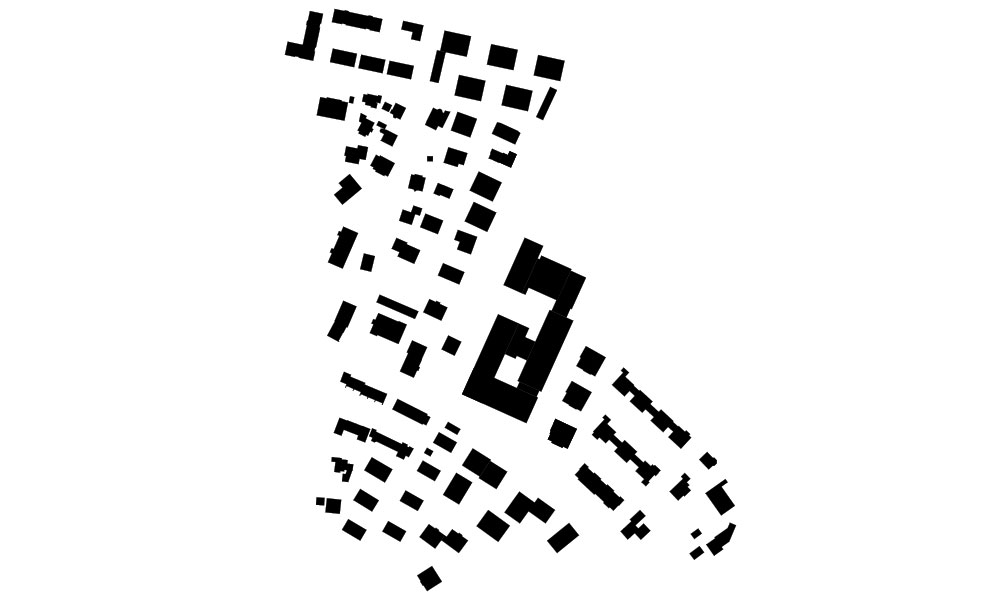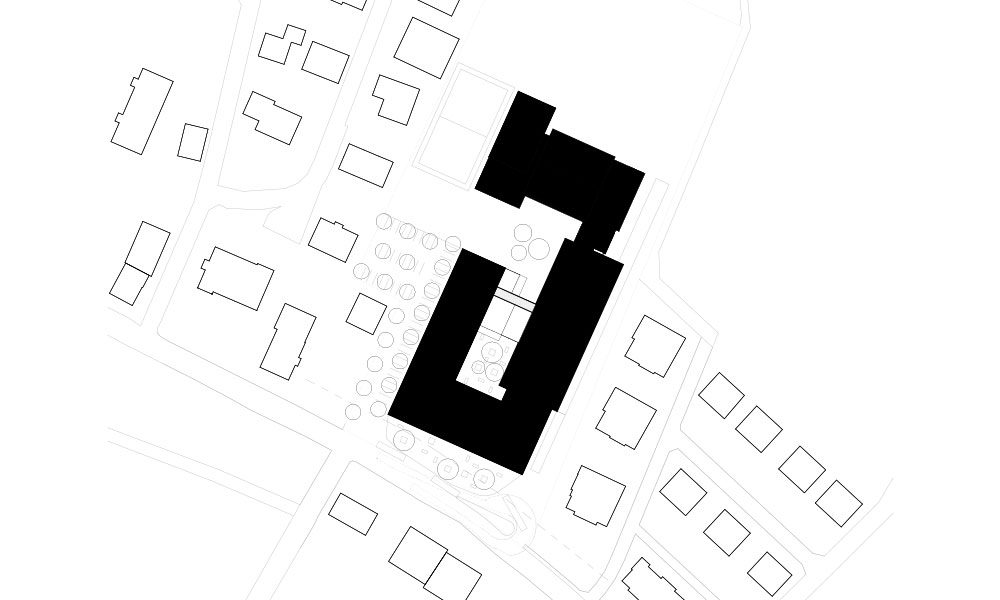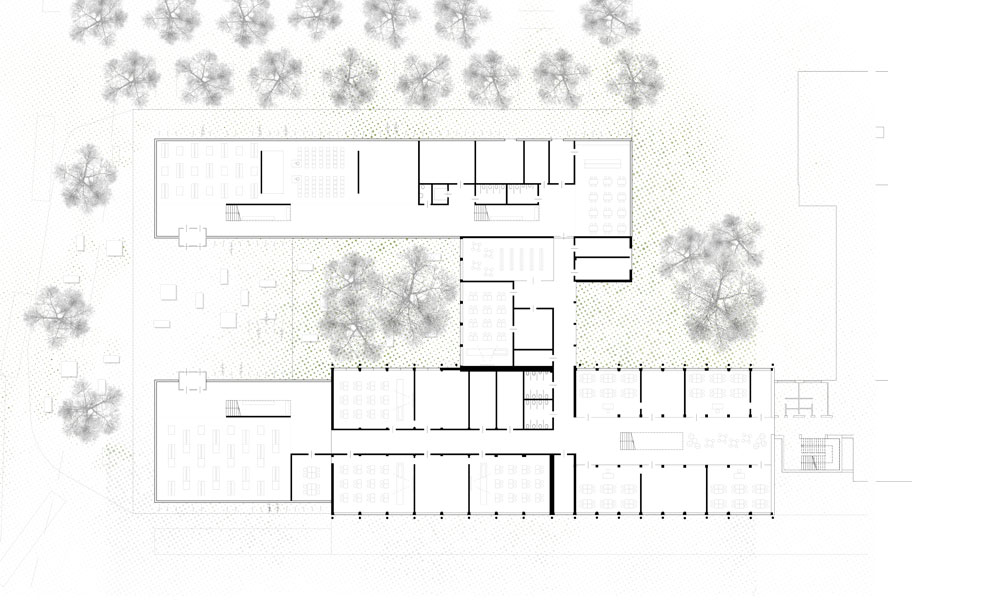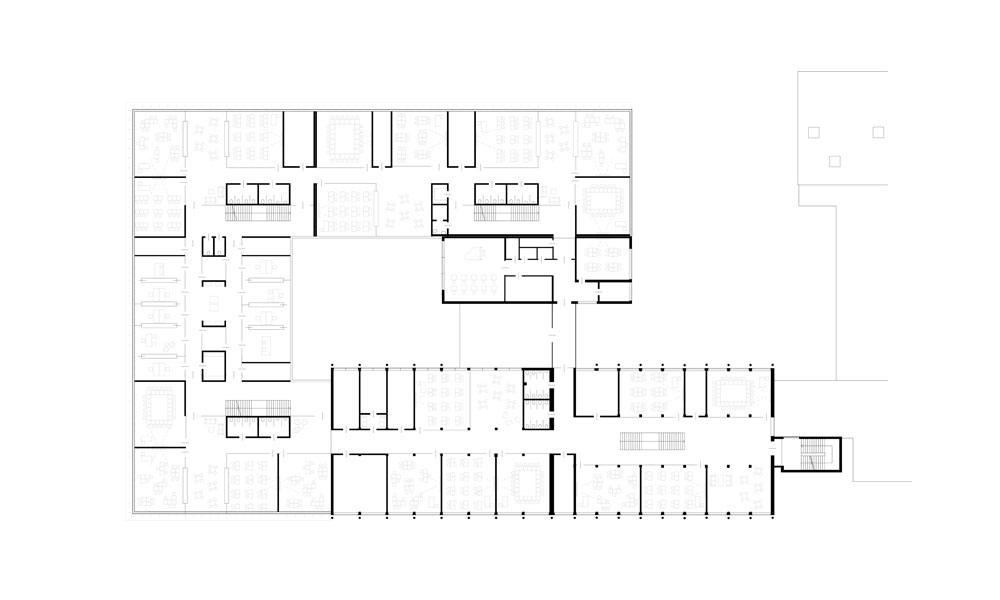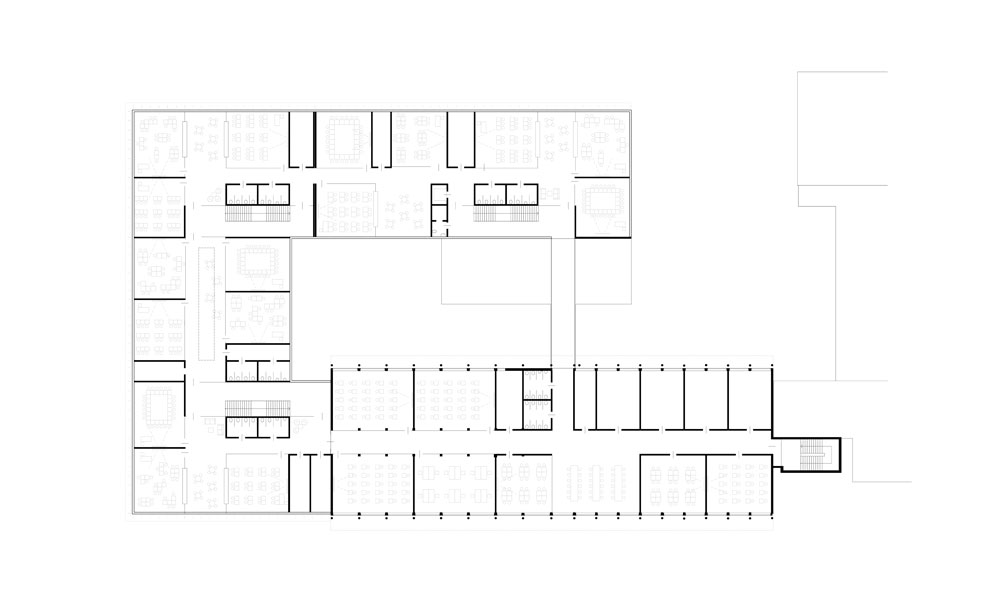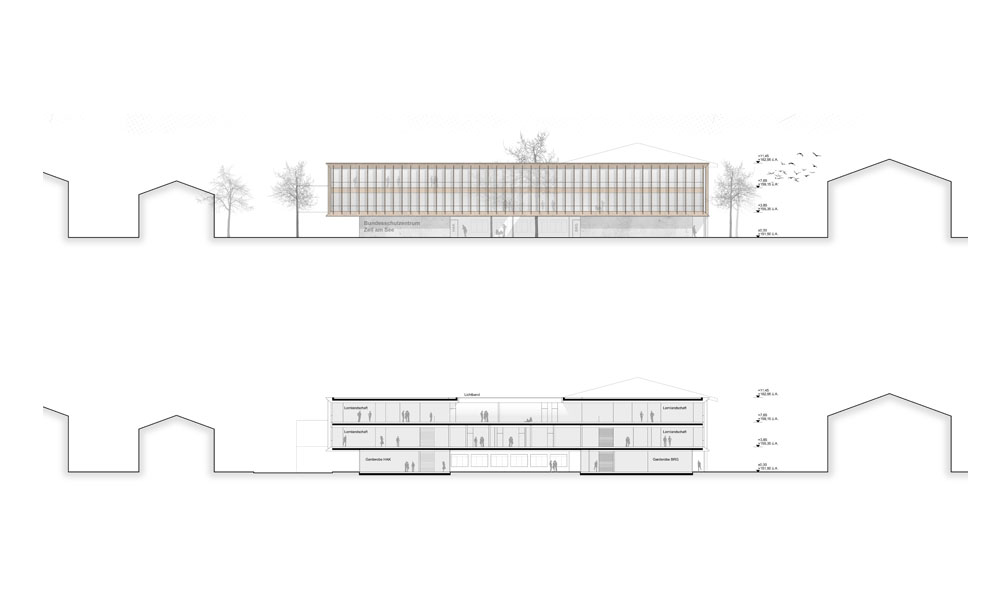Federal School Centre Zell am See
2020
2020
Zell am See, Salzburg
Recognition, 2020 Competition
Awarded by: Stadtgemeinde Zell am See
The architectural concept is based on the idea of creating an integrative type of school building that supports collaboration and coexistence, following the spirit and interests of its users. The concept is to design a building that, by means of transparency and a continuity of pathways, provides optimum space for the students' switching between regular classes, special classes, leisure time and learning areas, and thus offers both pupils and teaching staff an optimum environment for the implementation of modern pedagogical concepts. The transparent main building, with its vertical slats seemingly floating above a recessed base, unites the two types of school in terms of design and makes the school centre recognisable as a unit within its urban context.
The building's entire volume is distributed over the site in such a way that it does not interfere with the neighbouring properties. The existing "gap" in the urban environment is closed by taking up the building lines of the neighbouring buildings. The building height - ground floor plus two upper floors - is based on the specified requirements. Due to the recessed ground floor, the building's voluminous structure becomes articulated. In terms of its front lengths and height development, the annex is thus gently integrated into its surroundings.
The rooms with their various functions have been distributed throughout the school centre in such a way that no learning spaces are used as a walk-through zone. General areas such as the multi-purpose room, the afternoon care rooms and facilities as well as the dining hall can be reached from both types of school in the shortest possible way. Each school type, i.e. HAK and Gymnasium, will have its own main entrance, accessible via the common, roofed forecourt, with the respective cloakrooms located in the immediate vicinity. In principle, the HAK will be housed in the new west wing and the Gymnasium in the new south and the existing east wing. On the first floor, the administration offices will be positioned as a connecting, central functional unit in such a manner that the administration is equally well accessible for both types of school. The walls of the core classes will be designed in such a way that the classes can easily be interconnected with the open learning spaces or the opposite classes according to need, so as to achieve optimal interactions and synergies.
The building's entire volume is distributed over the site in such a way that it does not interfere with the neighbouring properties. The existing "gap" in the urban environment is closed by taking up the building lines of the neighbouring buildings. The building height - ground floor plus two upper floors - is based on the specified requirements. Due to the recessed ground floor, the building's voluminous structure becomes articulated. In terms of its front lengths and height development, the annex is thus gently integrated into its surroundings.
The rooms with their various functions have been distributed throughout the school centre in such a way that no learning spaces are used as a walk-through zone. General areas such as the multi-purpose room, the afternoon care rooms and facilities as well as the dining hall can be reached from both types of school in the shortest possible way. Each school type, i.e. HAK and Gymnasium, will have its own main entrance, accessible via the common, roofed forecourt, with the respective cloakrooms located in the immediate vicinity. In principle, the HAK will be housed in the new west wing and the Gymnasium in the new south and the existing east wing. On the first floor, the administration offices will be positioned as a connecting, central functional unit in such a manner that the administration is equally well accessible for both types of school. The walls of the core classes will be designed in such a way that the classes can easily be interconnected with the open learning spaces or the opposite classes according to need, so as to achieve optimal interactions and synergies.
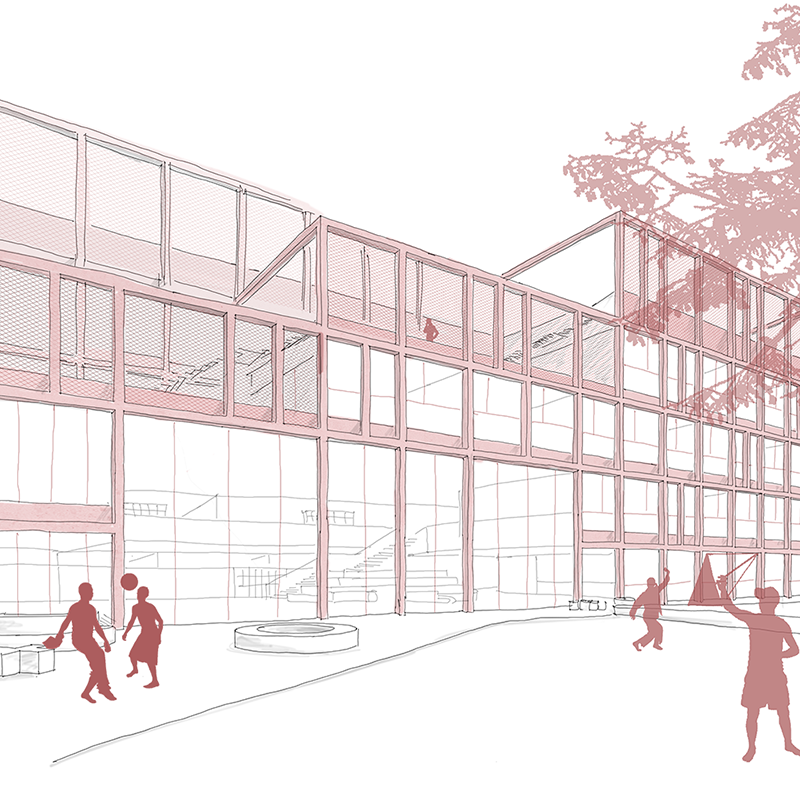
Anerkennung
AHS
Otto-Preminger-Straße
Otto-Preminger-Straße
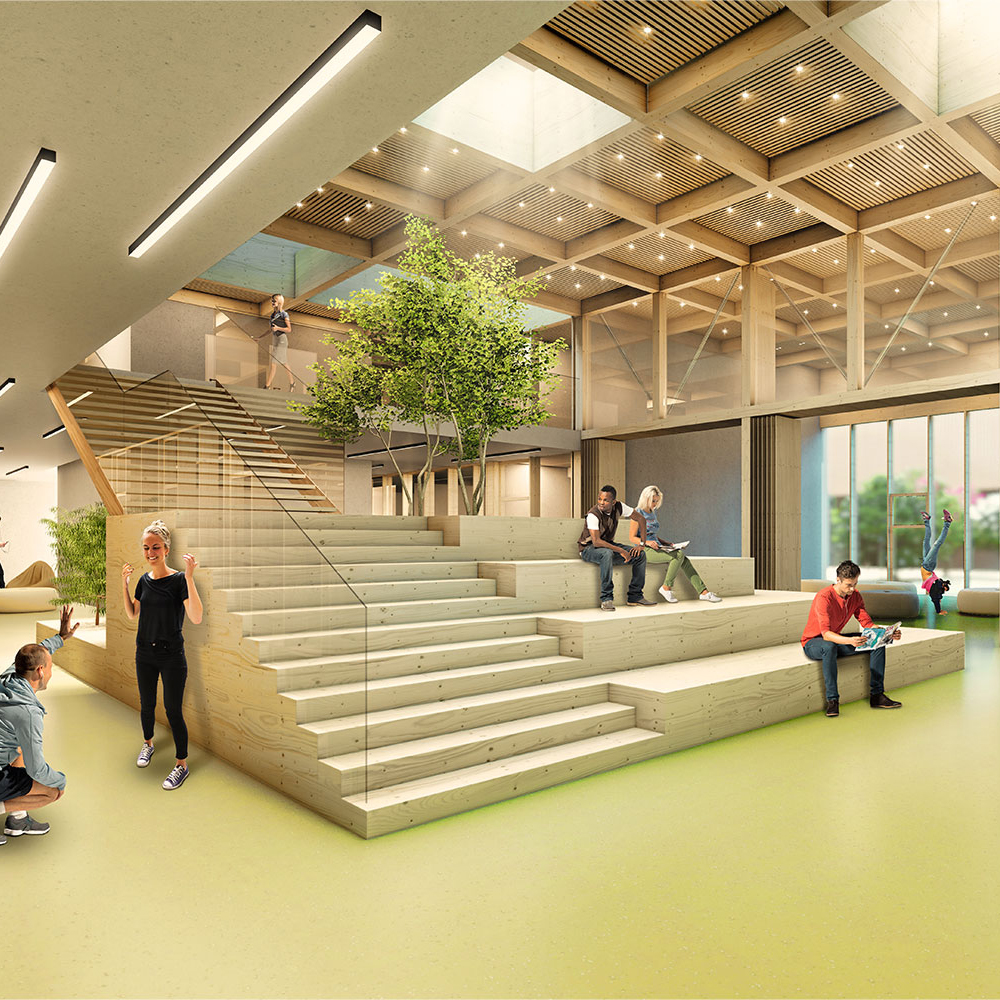
Wettbewerb
Alpen-Adria-Gymnasium
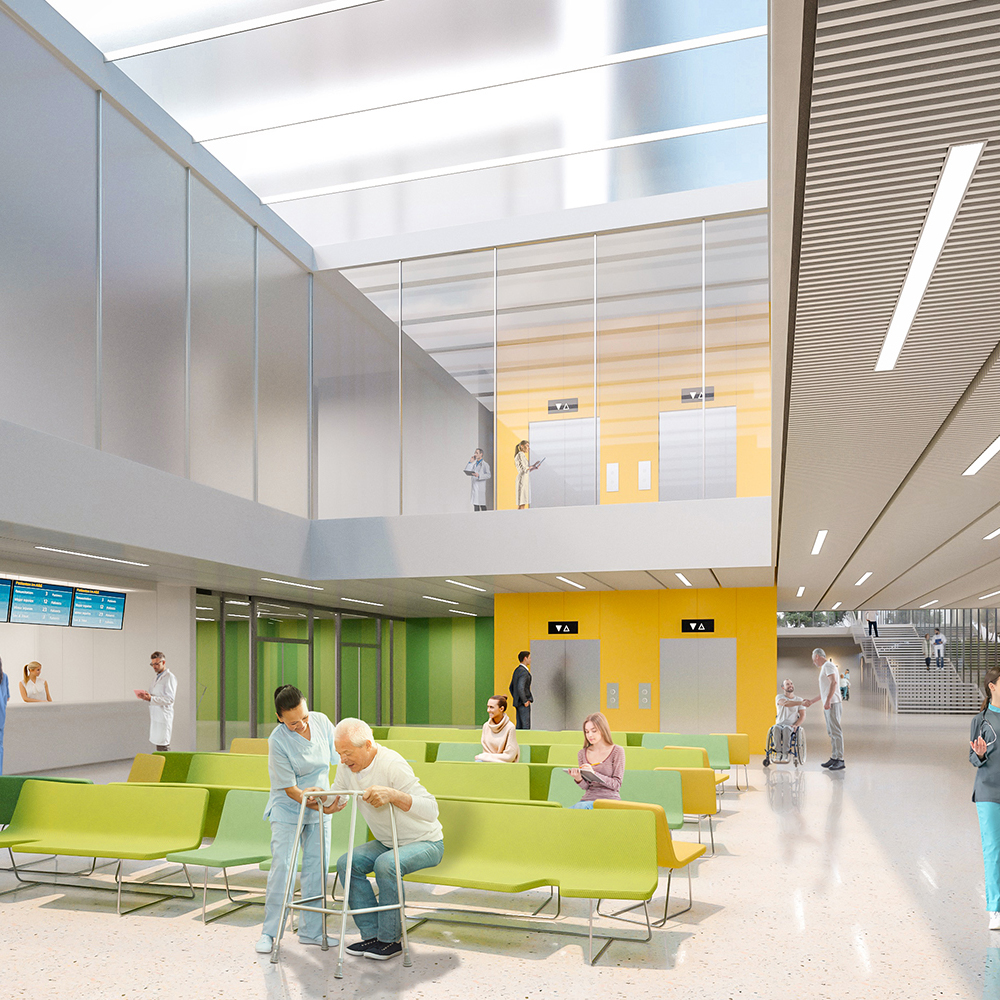
Competition
Oberpullendorf Hospital
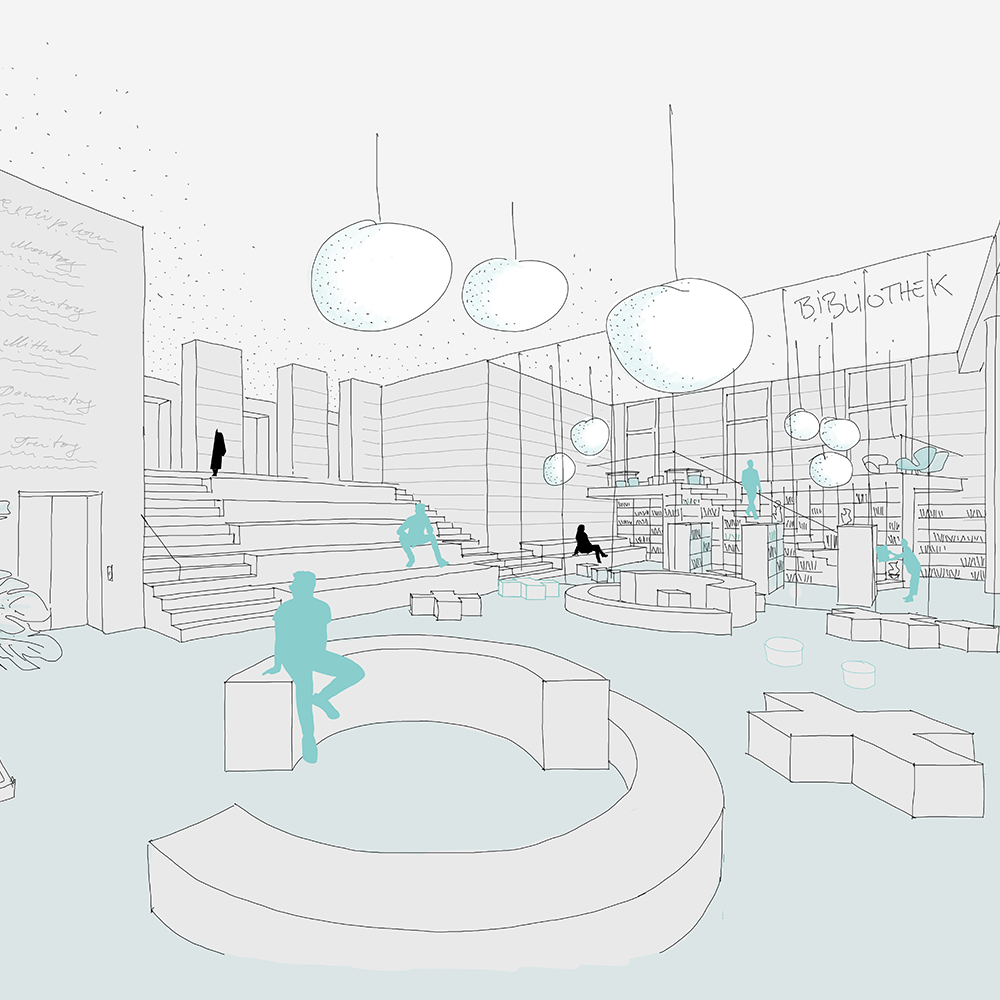
2. Preis
Semmelweisareal Haus 1
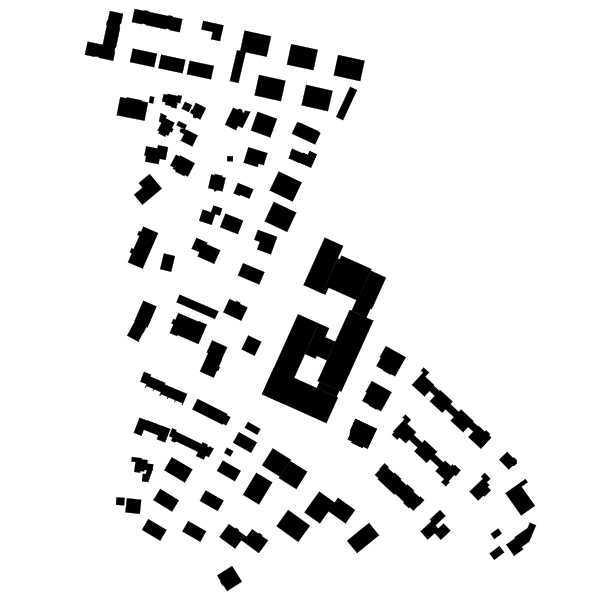
Anerkennung
Federal School Centre Zell am See
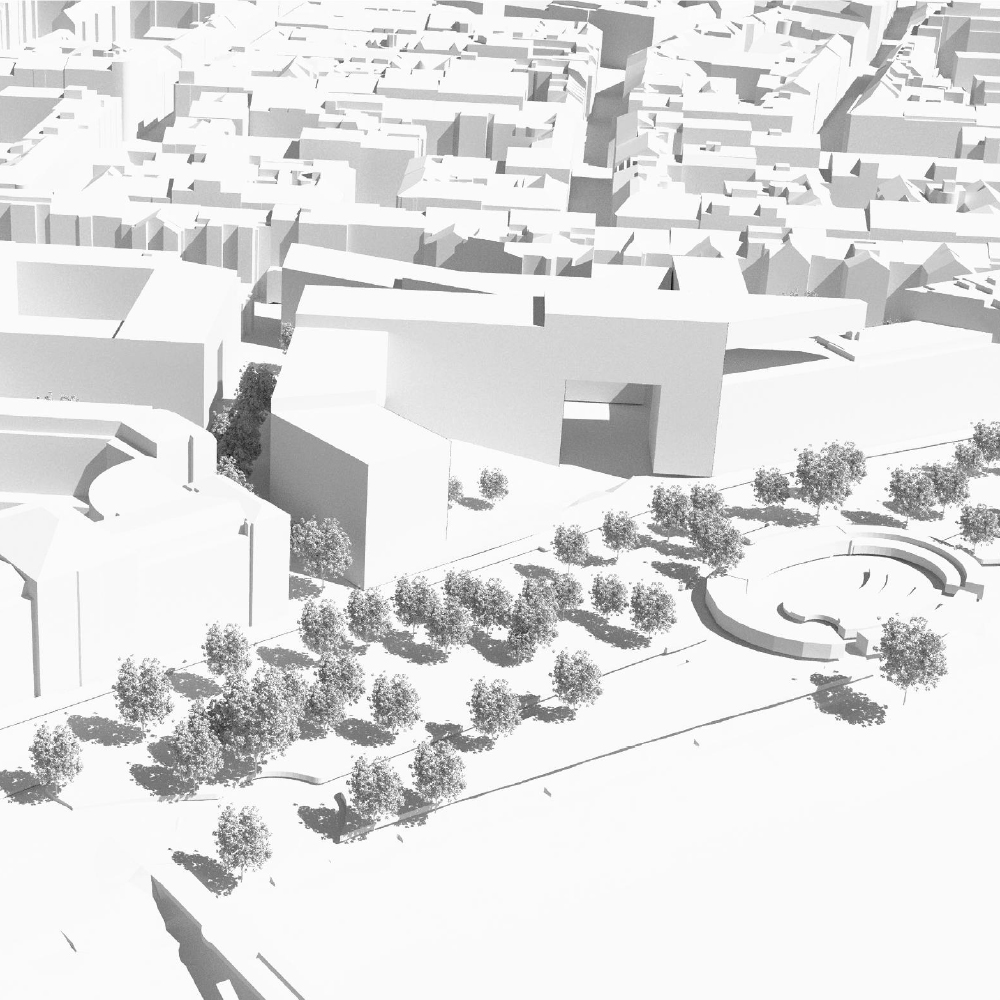
Competition
Leopold's Quarter
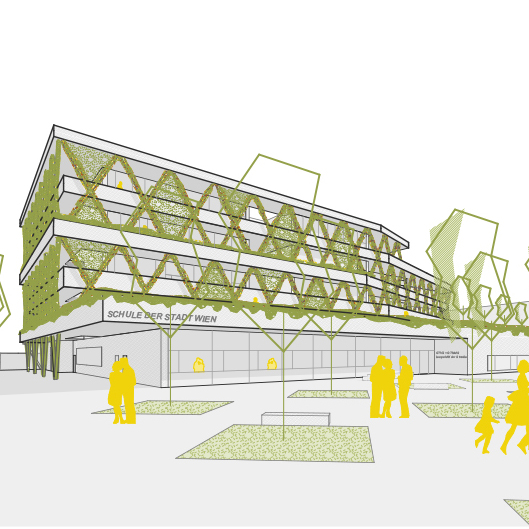
Competition
School Leopold-Kohr-Straße
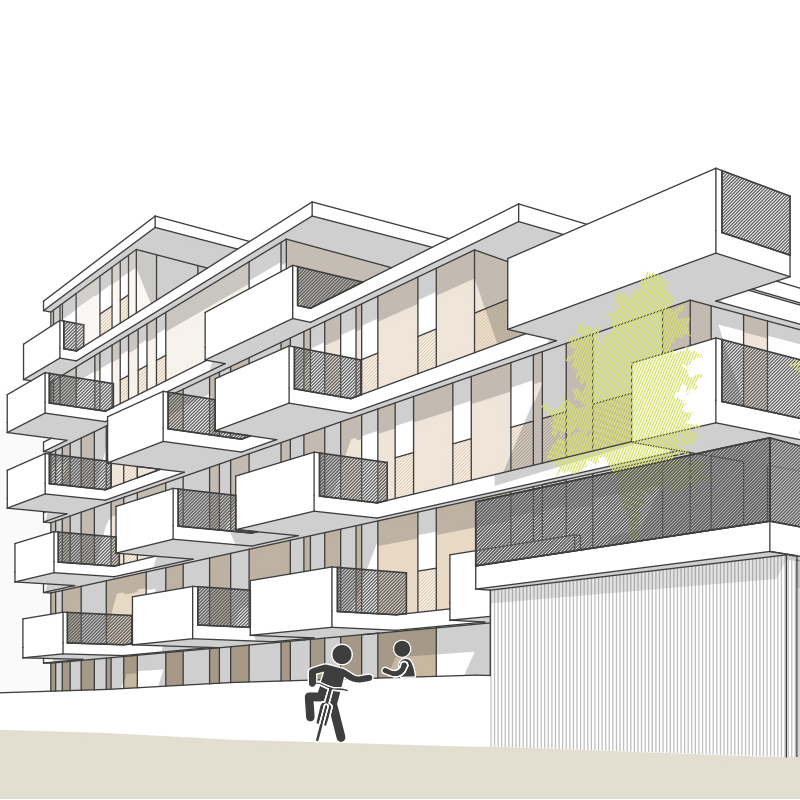
Recognition
Residential development Mendelgasse
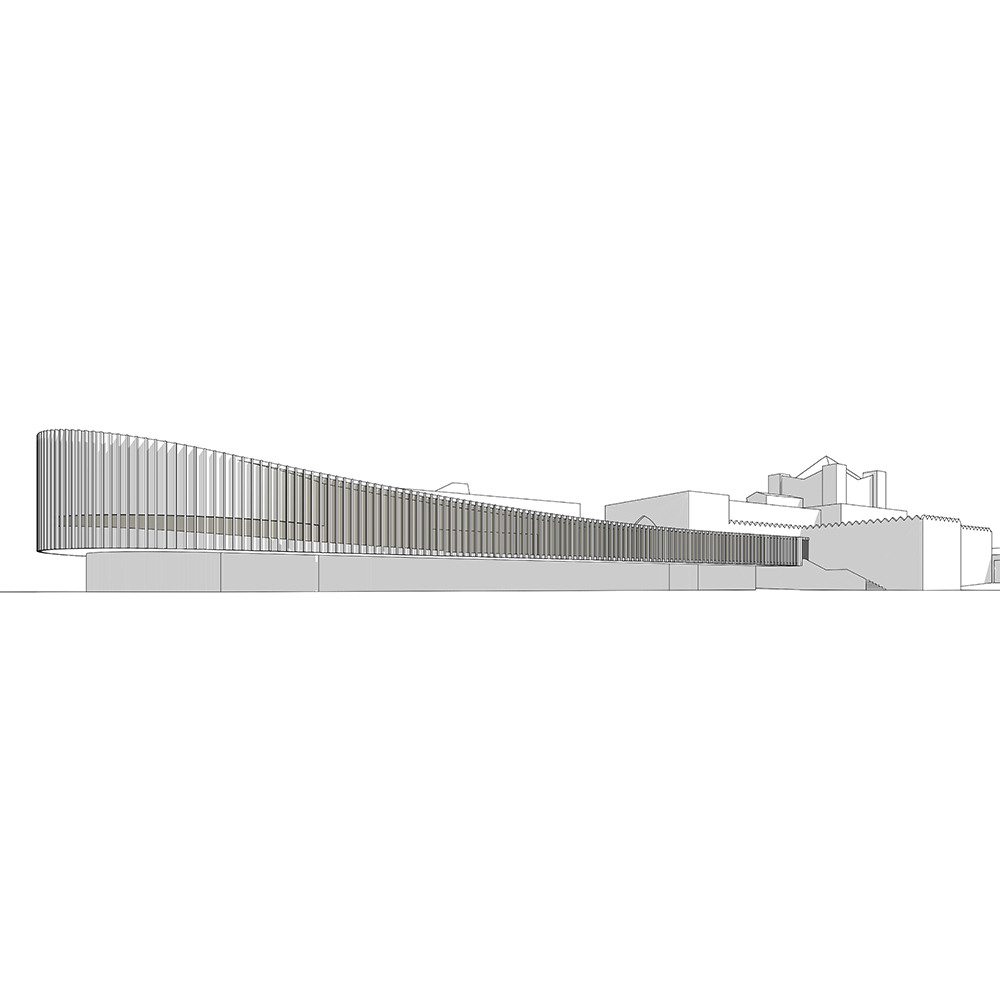
Competition
Extension Crematorium Vienna
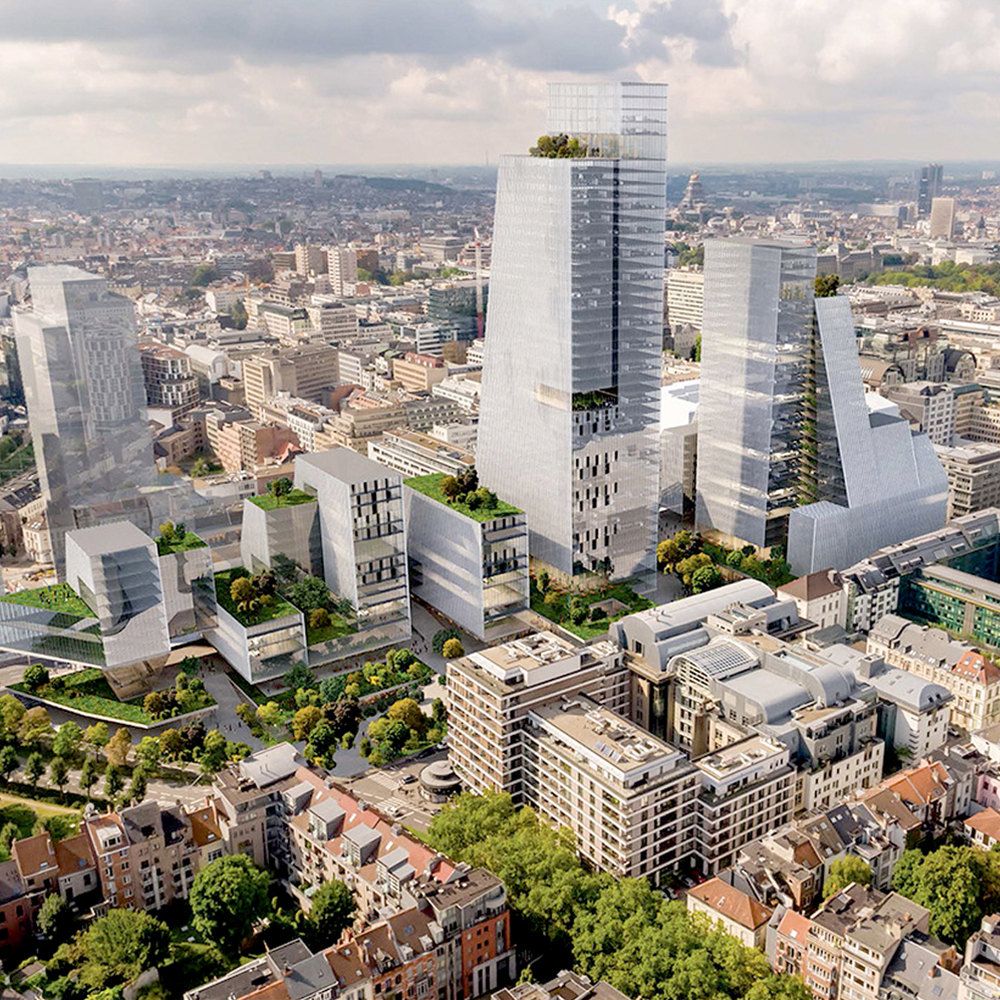
Wettbewerb
Loi 130
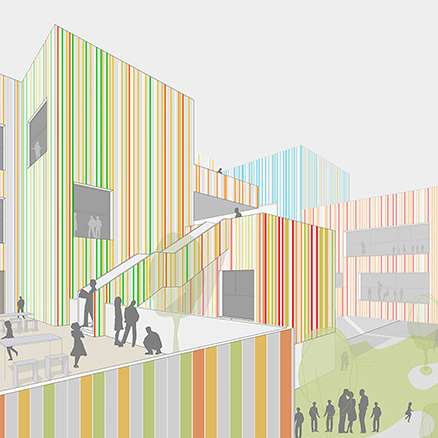
Recognition
Education Campus Deutschordenstraße
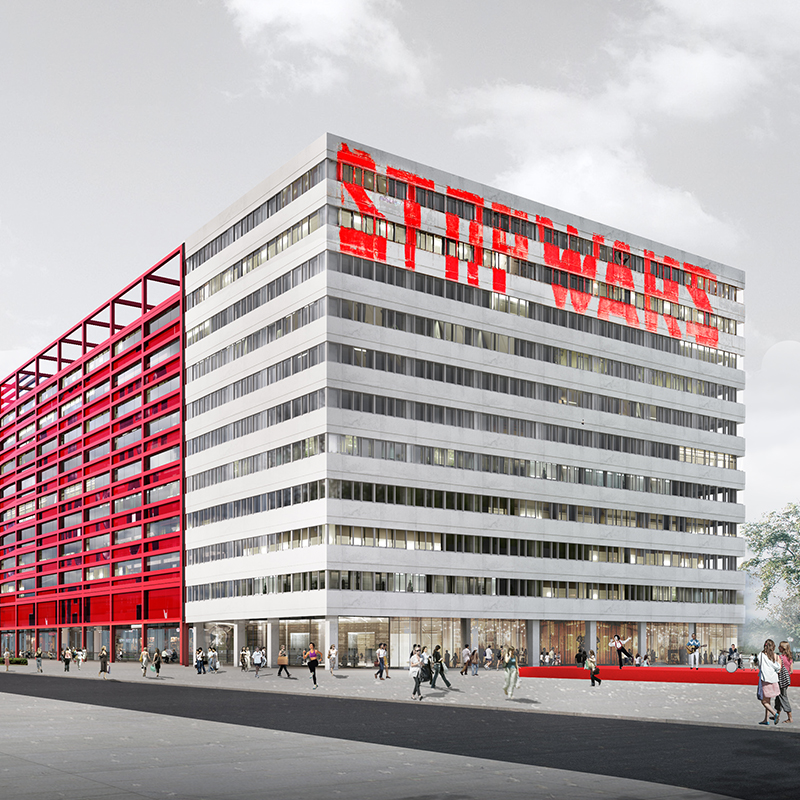
Wettbewerb
Haus der Statistik
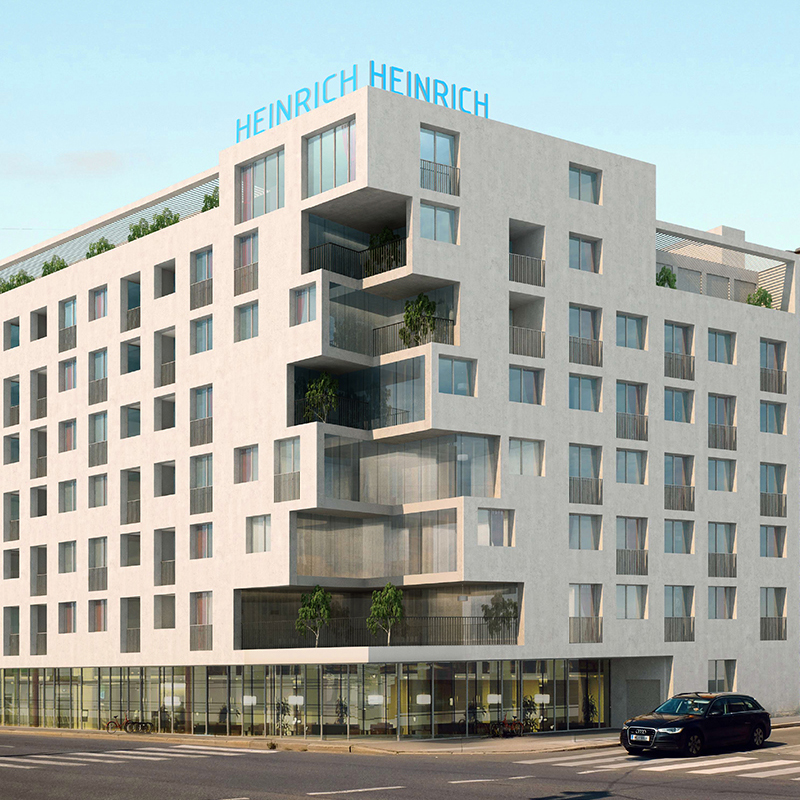
Wettbewerb
Heinrich – Serviced Apartments
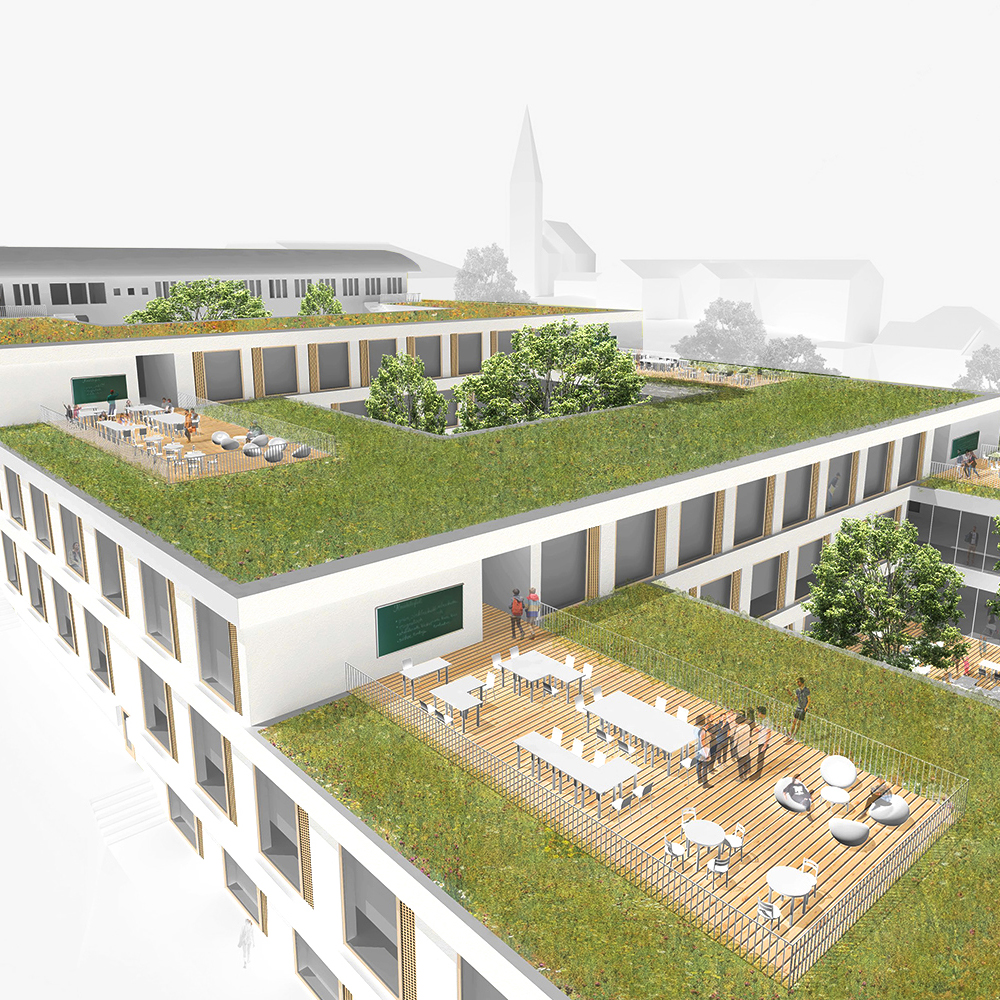
Wettbewerb
Konrad-Lorenz-Secondary School Gänserndorf
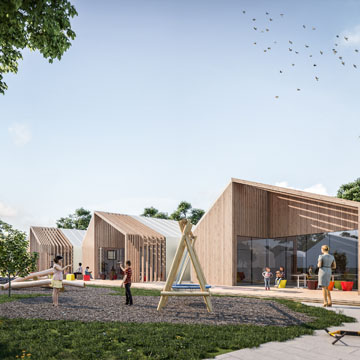
3rd Prize
Lower Austria State Kindergarten Pulkau
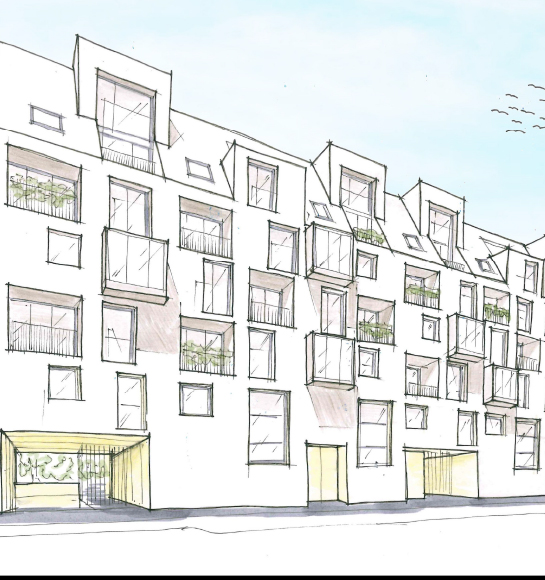
Competition
Residential building Buchengasse
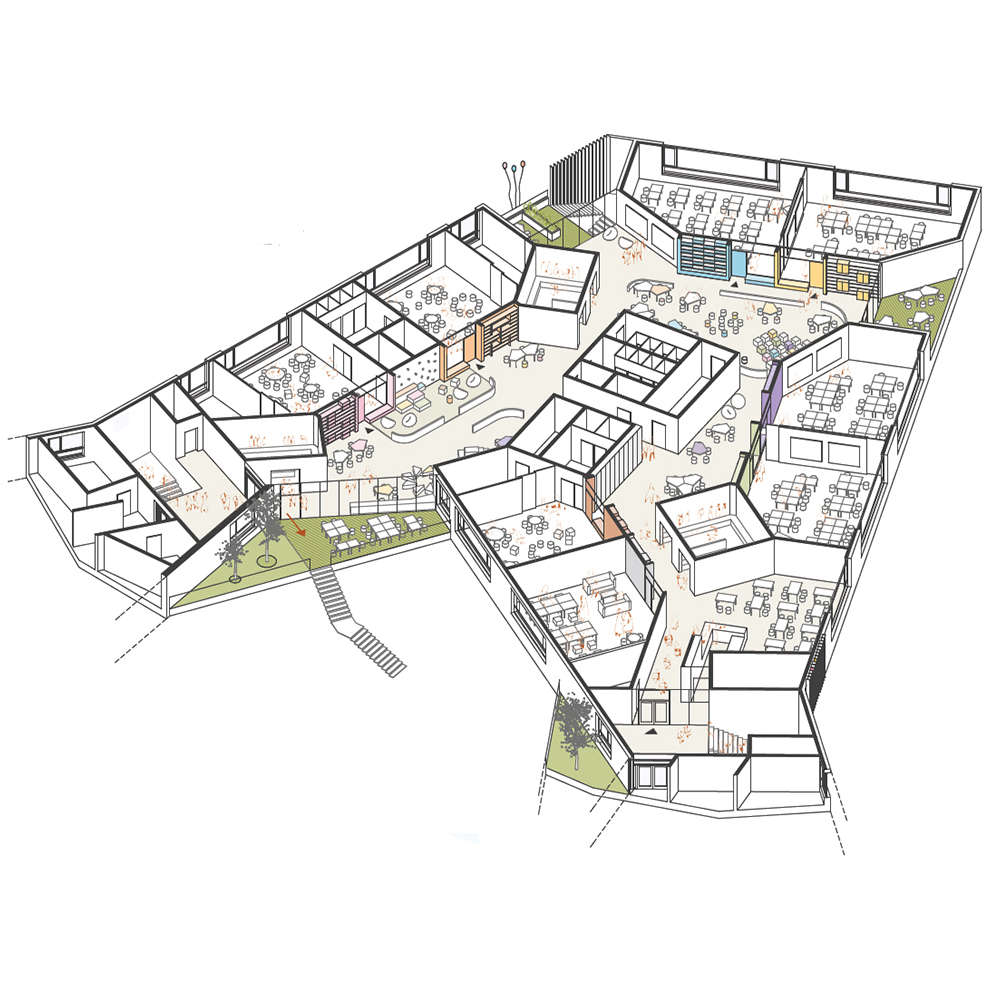
3rd prize
Aron Menczer Education Campus
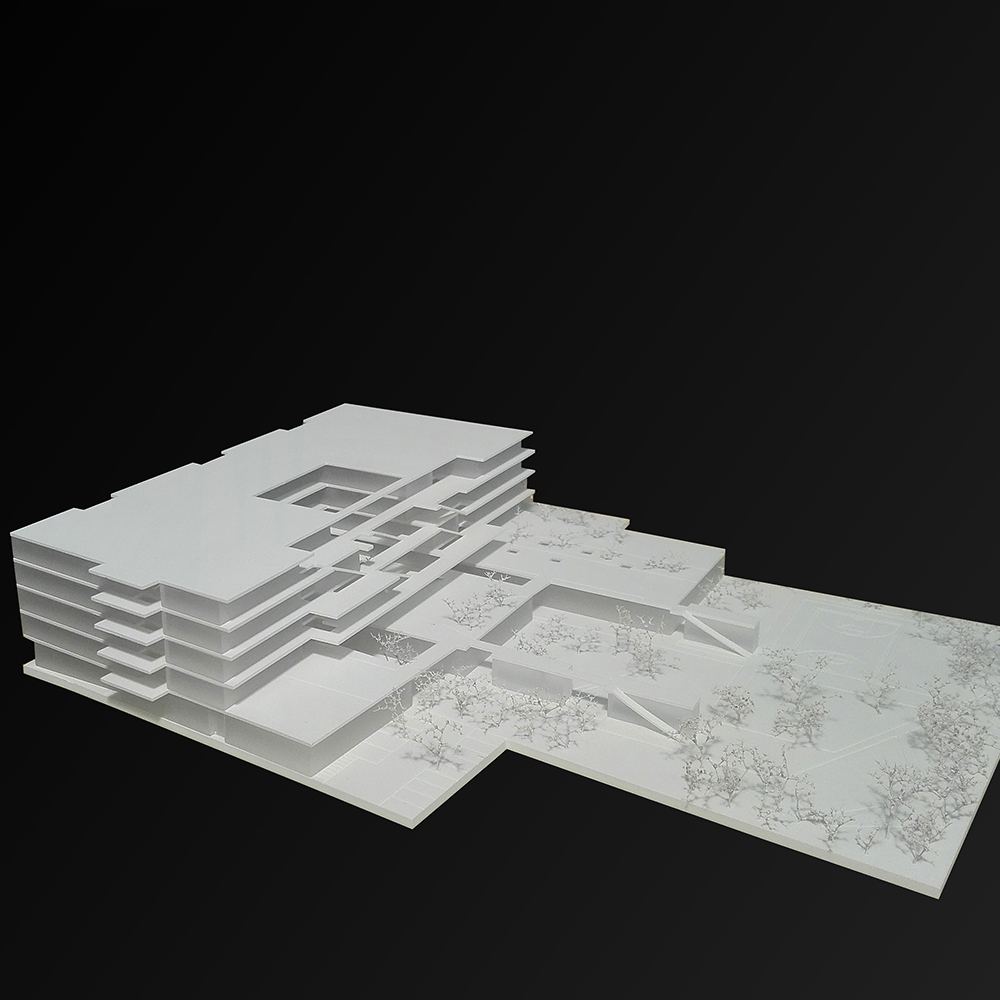
3rd prize
Education Campus Atzgersdorf
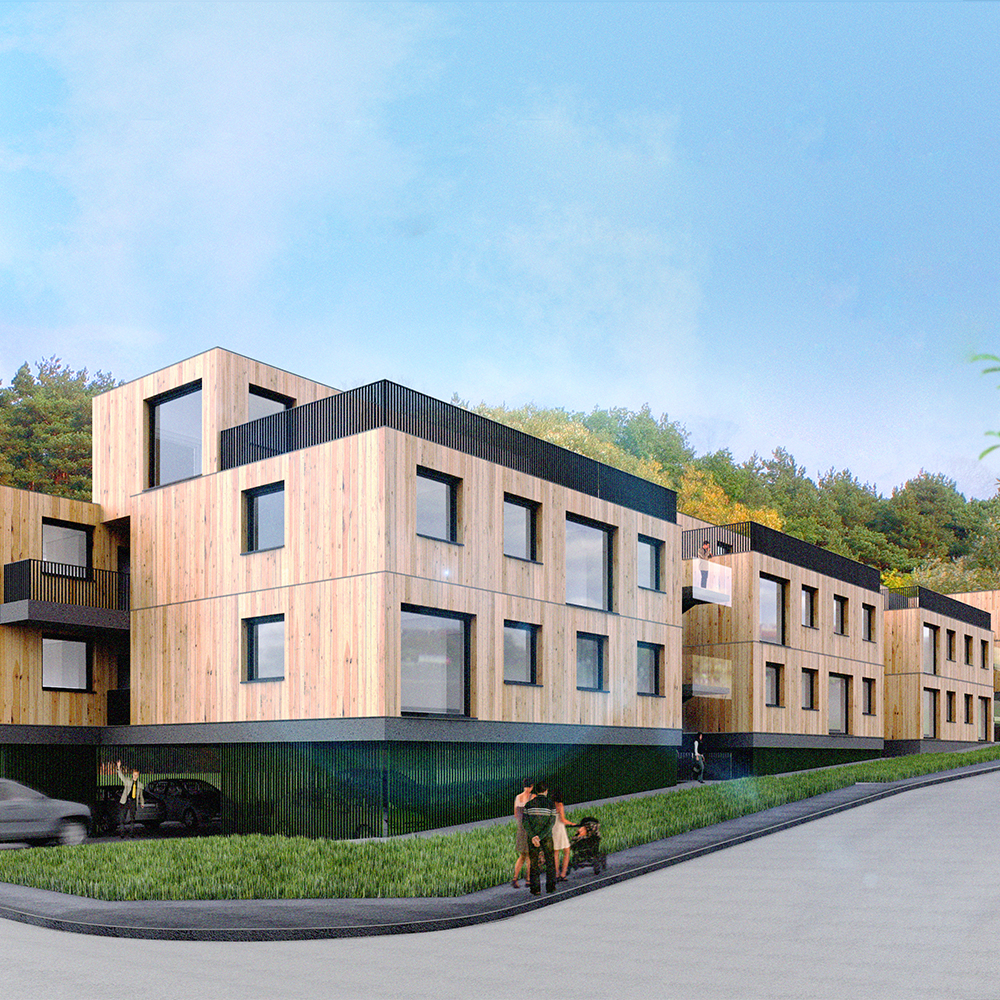
Wettbewerb
Forest Hill - Affordable living in Breitenfurt
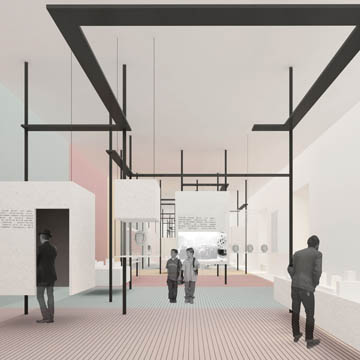
2nd prize
House of History Austria
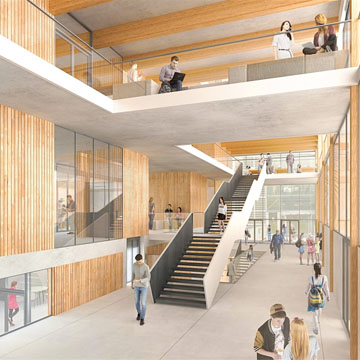
Recognition
New building for the University of Natural Resources and Applied Life Sciences, Vienna
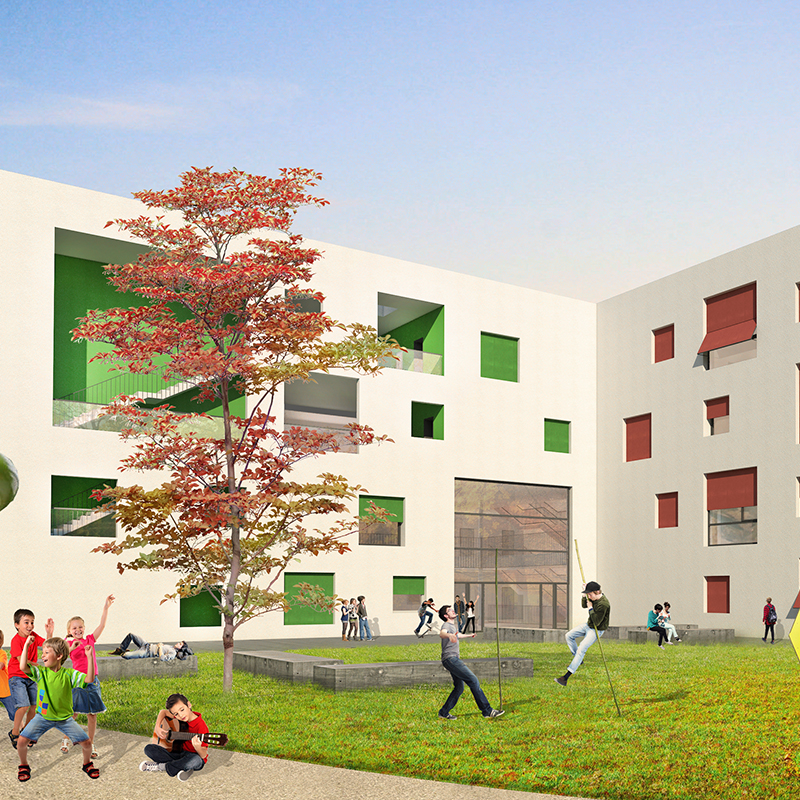
Wettbewerb
NMS (Neue Mittelschule – New Secondary School) Spielmanngasse
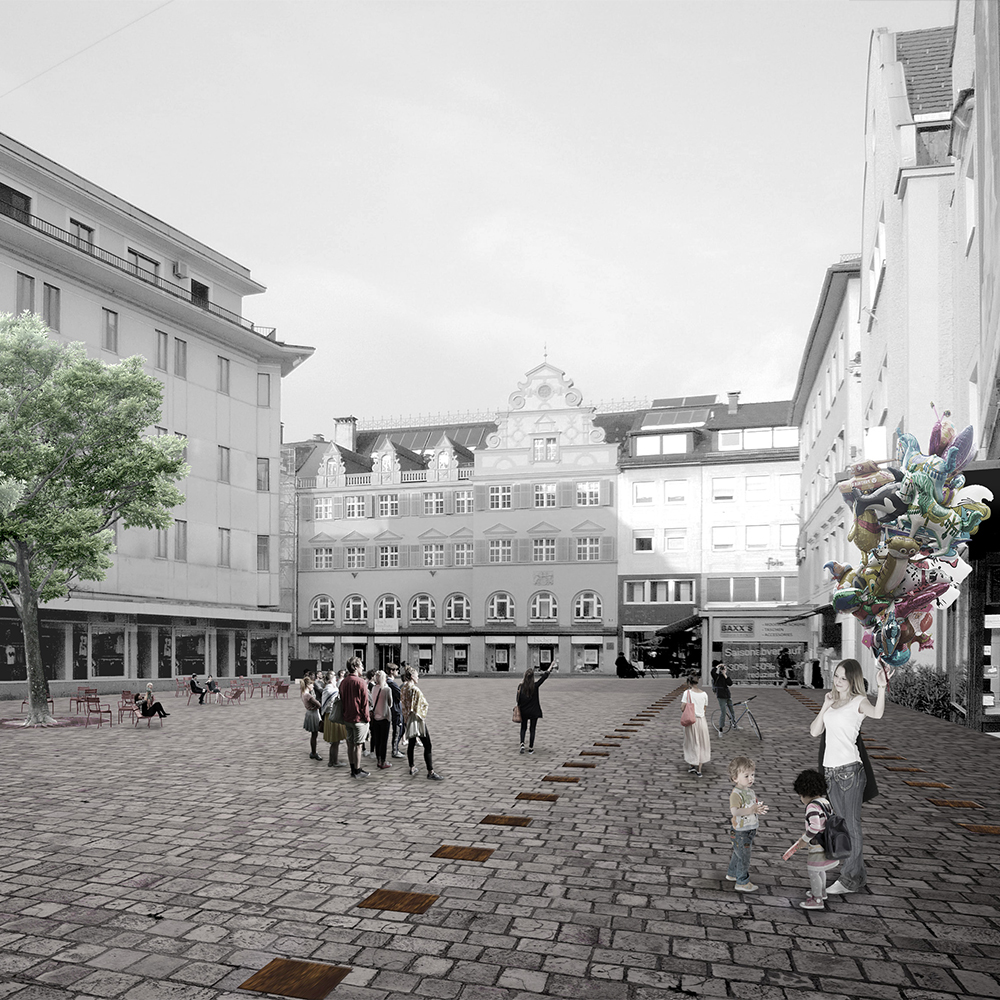
Wettbewerb
Neighbourhood development Leutbühel
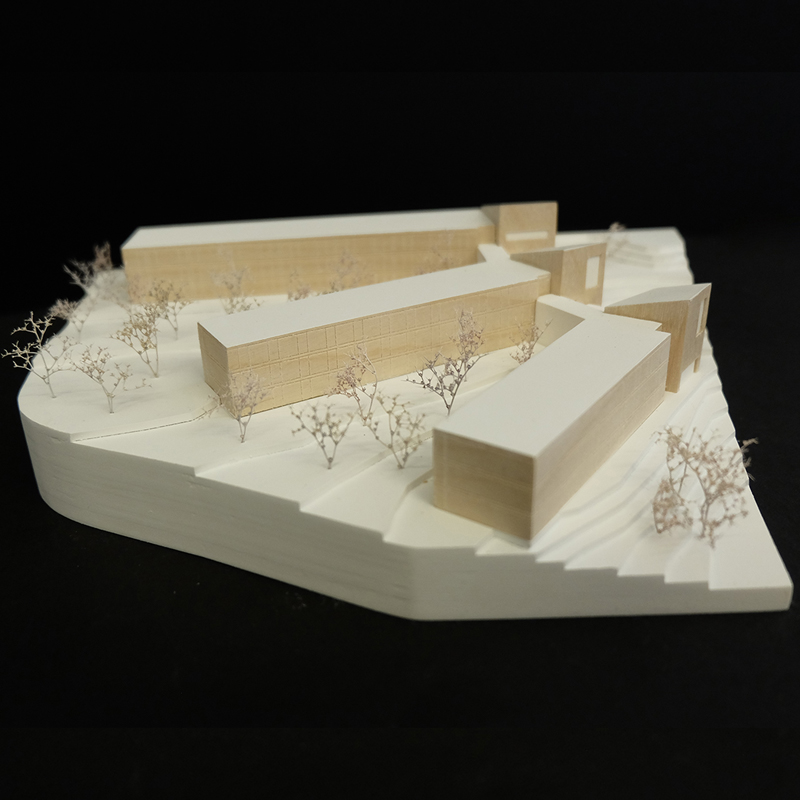
Competition
Students hostel Pitzelstätten
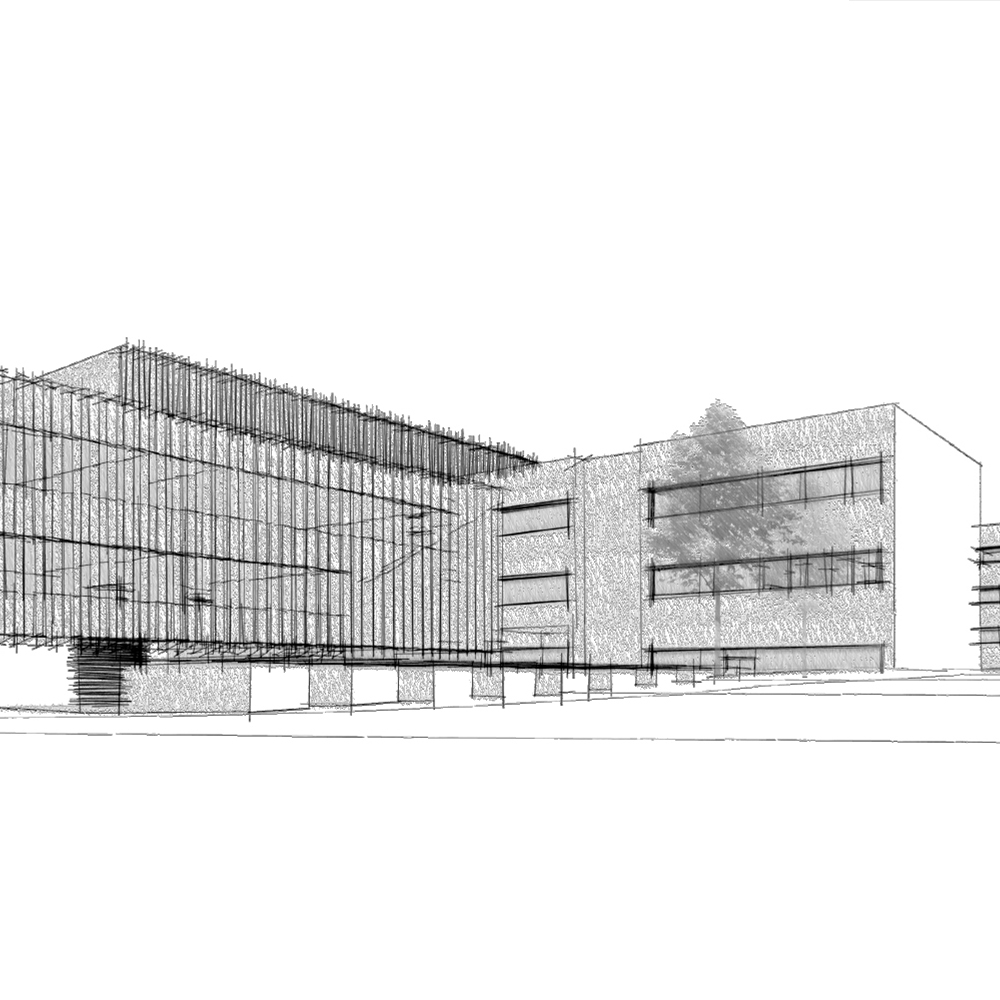
Wettbewerb
School Competence Centre Ferlach
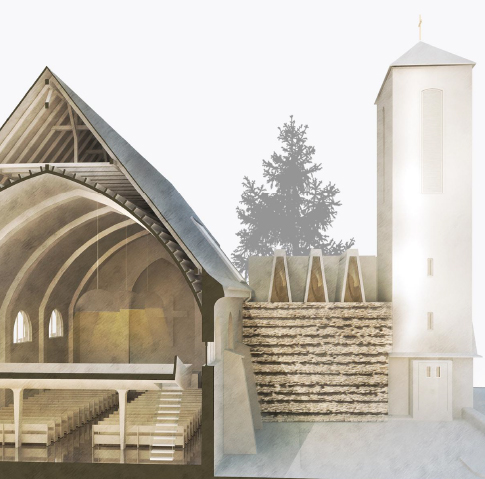
Competition
Parish church of Essling
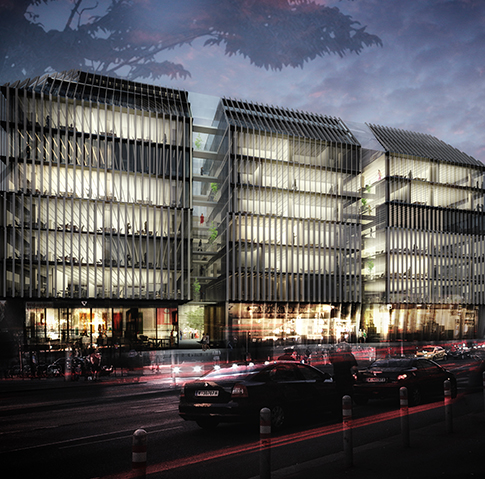
Competition
Rathausstraße 1
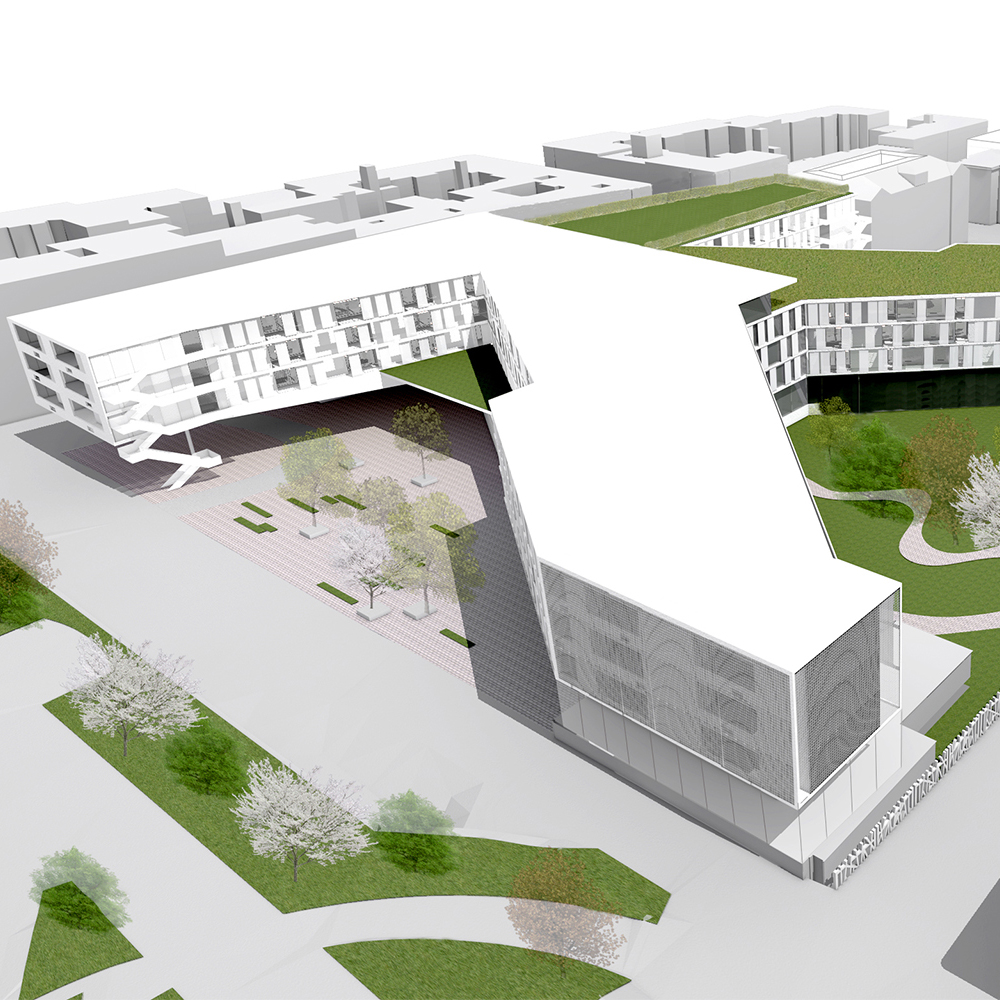
Competition
Kaiserin Elisabeth Hospital
Multifunctional Centre Elsterwerdaer Platz


